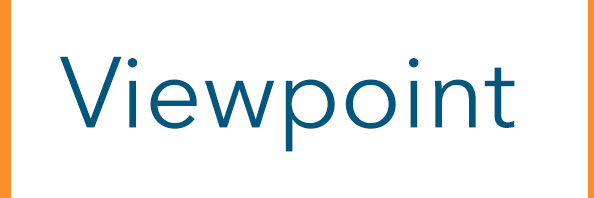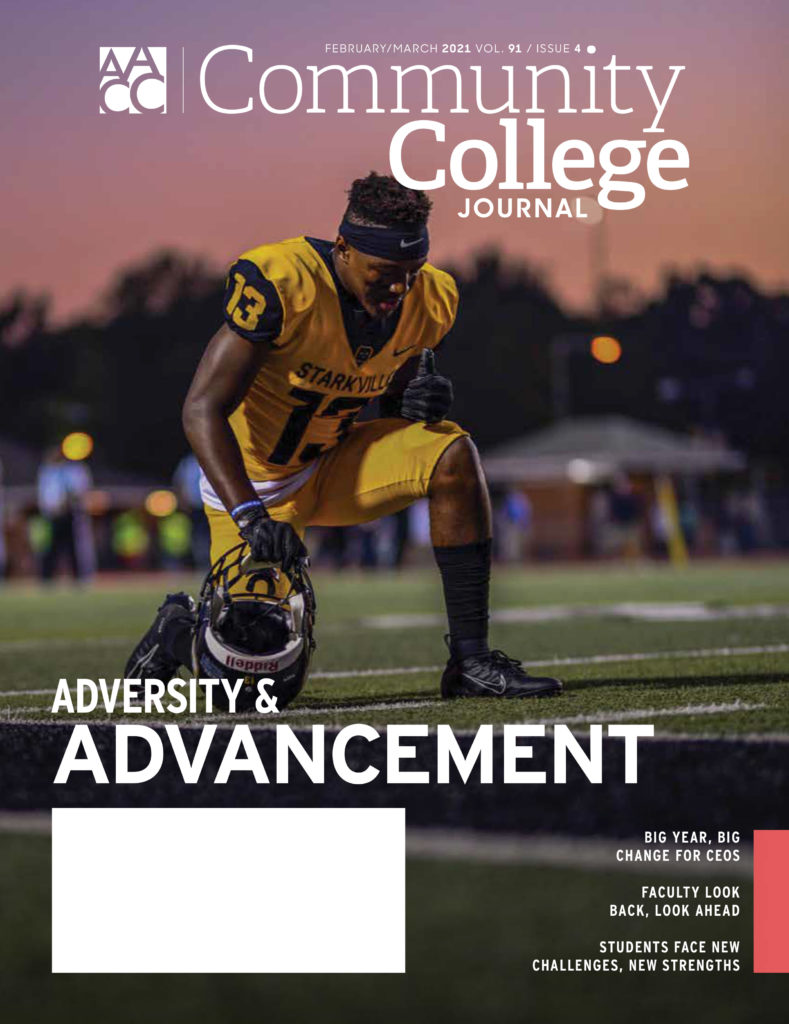A year ago, our country, and the world, shut down in order to slow the spread of the deadly Covid-19 virus. Community colleges, the bastion of open access, quickly and effectively moved to online teaching and learning in order to support students. Like many of you, we had to cancel plans (including our 100th annual convention) and shut down our Washington, D.C., office.

I was naïve enough to think that we would return in a few weeks. A year later, we are still working remotely and Covid-19 was only one of the major challenges that we would face in 2020. The pandemic raged on, the murder of George Floyd sparked protests across the country, divisive politics took center stage and unemployment skyrocketed. For community colleges, sharp declines in enrollment further threatened operations.
Our collective resilience was never so tested, the status quo never so interrupted, and the possibilities for meaningful, systemic change never so within our reach.
Yes, I truly believe that meaningful, systemic change is not only possible, but is already happening.
This article comes from the current issue of Community College Journal, published by the American Association of Community Colleges.
As I talk with community college leaders, it is evident that they are leading in ways that will create a legacy of positive change.
Community college presidents are implementing training to ensure that classes and faculty continue to be flexible and relevant. Schedules are being reimagined to meet the needs of students both in the classroom and virtually. Staff are being tasked and educated to provide services in ways that were not thought possible and partnerships are being formed to engage in the local community and find ways to meet the needs of the workforce pipeline.
Most of the issues that we faced were not new but have been the topic of discussion for many years. Serving the majority of underrepresented students in the United States, the issues of equity that have been spotlighted by the pandemic are not new to community colleges. Take, for example, the digital divide. We have been talking about it within the community college sector for many years. The impact to students is immeasurable and the challenge to our colleges is constant. This year, as most classrooms were virtual, the digital divide became more apparent across the country.
Because of this virtual engagement, the nation now knows first-hand the difficulties of having access to broadband internet for both school and work. More importantly, policy makers recognize the need to elevate the issues with broadband access as the pandemic has illuminated this and other barriers our students face.
As we at AACC work toward policy solutions for broadband access, we also will continue to work with the new administration on other legislative initiatives aimed at closing the equity gap. You have done this at the local level to provide flexible opportunities such as flexible grading options, synchronous and asynchronous classes, virtual advising and services, and offering food, laptop computers and financial assistance to students in need. We will continue to highlight these efforts in Washington and illustrate how community colleges are the right path for millions of students in communities across the country.
We don’t yet know what our next normal will be. The events of the past year have not been easy (and the coming year will continue to provide challenges). I have no doubt that we will meet those challenges because our community colleges have never been more resilient. Because of this year of crises, community colleges are more capable of identifying the barriers to success for students and implementing new, flexible and targeted ways to meet those needs.


